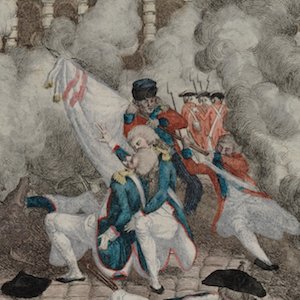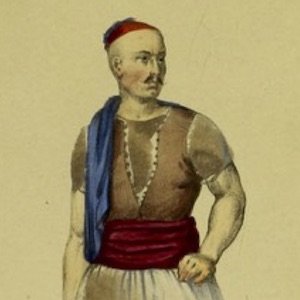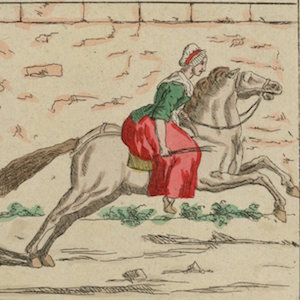Europe

Linen Towel with Indigo Woven Border
Italian noblewomen presented soft, absorbent, linen towels with indigo woven borders to birthing mothers during the 14th century and later.

Massacre of the Prisoners
Yet another image from the newspaper R*volutions de Paris shows crowds massacring refractory clergy and prisoners.

Massacre of the Priests
This image, also reproduced from the newspaper R*volutions de Paris, shows crowds massacring refractory clergy and prisoners.

Massacre of the Prisoners of St. Germain Abbey
In one of the most widely reported incidents of the September massacres, a "jury" of twelve "commissioners" was formed spontaneously in the Saint–Germain Abbey to judge the refractory clergy held there as prisoners.

Foundation of the Republic, August 10, 1792
One of the sharper engagements of 10 August between the revolutionaries and the royal defenders occurred on the palace’s steps. The caption emphasizes the revolutionaries’ point of view.

Siege of the Tuileries
This hand–tinted engraving depicts the storming of the Tuileries Palace by what appear to be small groups of well–organized soldiers of the Marseilles National Guard.

Claude Antoine Rozet Paintings
One of the first tasks undertaken by the French military after the 1830 invasion was to visually depict, and thus classify, places, things, and people so as to rule more effectively. This is a pattern seen in all modern colonial regimes worldwide.

Cortés Greets Xicotencatl in Mexican Manuscript
A detail from a larger manuscript page in the Lienzo de Tlaxcala, this scene was created by an indigenous painter in central Mexico. Scenes from the Lienzo de Tlaxcala, now just fragments from a larger set of images, draw upon preconquest painting techniques and conventions.

Triumph of the Parisian Army and the People
Returning home from the October march to Versailles, the women and the guardsmen display the heads of troops who confronted the marchers. Note the use of tree branches, symbolizing support for the revolution here as in other prints.

Vanguard of Women Going to Versailles
Publicity about political machinations, coupled with the continued high price of bread, mobilized market women and encouraged many men to support them. They hoped to fetch the King and his family to end attempts against the Revolution and stabilize prices.